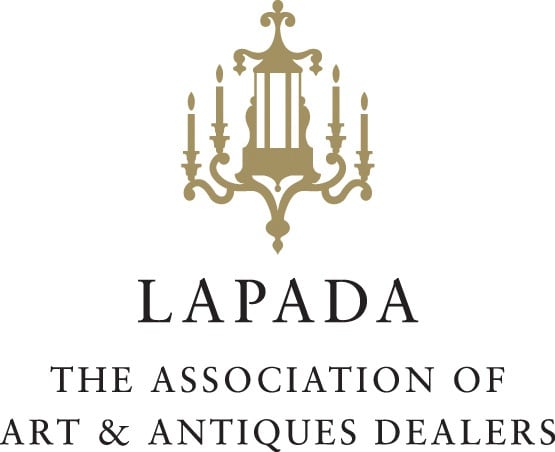-
Artworks
Henry Orlik b. 1947
GREEN STILETTOAcrylic on canvasImage H. 50.5 cm. x W. 60.5 cm., H. 20 in. x W. 23 3/4 in.With artist's stamp versoWB1521Note: If you are interested in acquiring a work by Henry Orlik, please contact our team to discuss further options.Green Stiletto offers a witty suggestion of a passionate encounter. The stiletto lies, discarded on its side, sinking into the ground; hair grows waywardly out of the mouth of its heart-shaped foot-hole. In front of it lies a broken string of twenty-one beads; broken, perhaps, in the heat of a passionate moment. The idea of a fervent sexual episode is humorously evoked further in the background ‘landscape’ in which the landmass is created by body-like rhythmic gourd-shaped mounds which writhe together and form soft-rounded hills; the shapes are suggestive of body parts - bosoms, buttocks and penile shapes; as Robinet states: ‘We should not be surprised at the assiduity with which Nature has multiplied models of the generative organs, in view of the importance of these organs.’ (Robinet, quoted by Gaston Bachelard, The Poetics of Space, 2014 (first published 1958), p. 134). The shapes are also reminiscent of internal parts of the body (intestines, kidneys) and kaszanda (the traditional blood sausage of Central and Eastern European cuisines). One purple shape (like the end of a balloon or condom) peeps provocatively out from beneath the main brown body-mass, like it’s emerging from beneath the covers. Nipple-like openings, like pedicels of fruit, frilled apertures of balloons or the tied ends of kaszanda add to the tantalizing imagery.
The painting connects with Orlik’s earlier painting Human Landscape (1973, Cat. 51, Surrealist Masters 1974, Acoris, The Surrealist Art Centre) and continues the association of the human body with the landscape but here Orlik brings in other suggestions of food and the playful imagery of balloons. However, the painting is open to other interpretations, the life of a balloon is transitory and can burst suddenly, and shoes can symbolise fidelity and, therefore, if discarded a breaking of fidelity and a loss of innocence, and then perhaps the broken necklace becomes a dropped rosary. Additionally, in Orlik’s macro-microcosm there is a suggestion of the connection of forms and the random spread of DNA (and atoms) in the broken and unbound string.
Note: If you are interested in acquiring a work by Henry Orlik, please contact our team to discuss further options.
Join our mailing list
Be the first to hear about our upcoming exhibitions, events and news
* denotes required fields
We will process the personal data you have supplied to communicate with you in accordance with our Privacy Policy. You can unsubscribe or change your preferences at any time by clicking the link in our emails.

